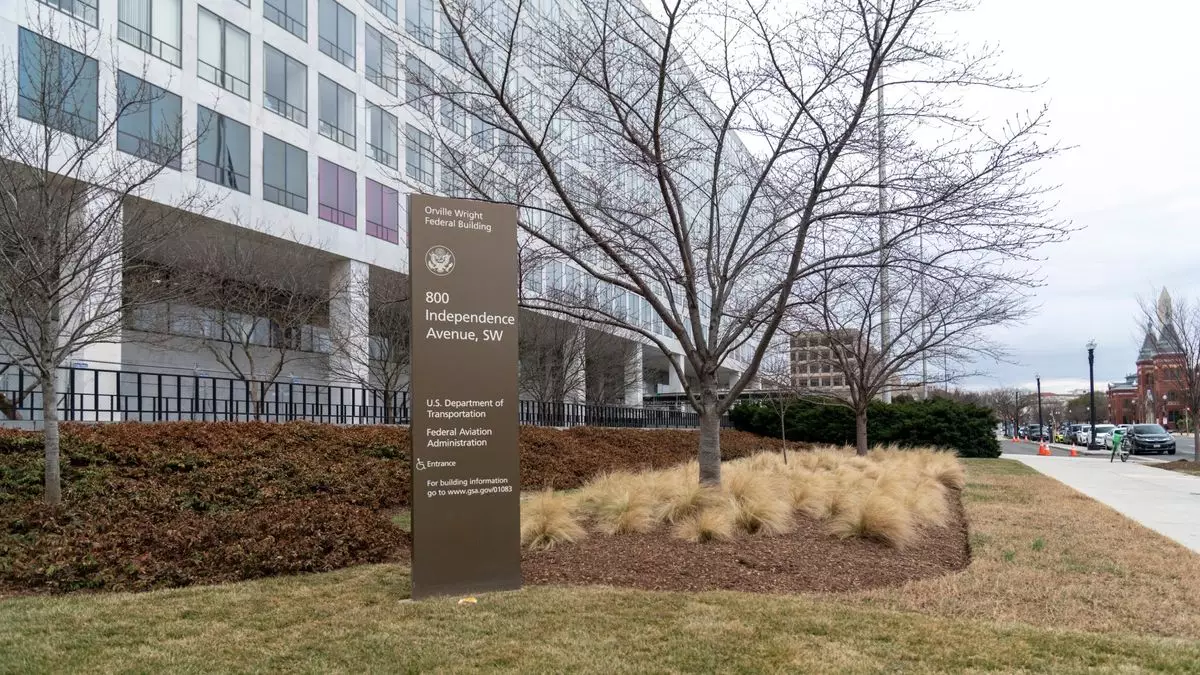The unexpected termination of several hundred Federal Aviation Administration (FAA) employees during the Trump administration has raised serious concerns regarding aviation safety and national security. This decision, shrouded in ambiguity and executed with questionable timing, has provoked criticism from unions, current employees, and even safety experts within the aviation community. Understanding the ramifications of these layoffs is crucial for both immediate concerns about aviation operations and broader implications for the national airspace system.
On February 14, 2023, the FAA delivered late-night notifications to probationary employees, effectively terminating their employment in a rapid and alarming manner. According to David Spero, president of the Professional Aviation Safety Specialists union, the dismissals targeted critical staff involved in the maintenance of radar and navigational systems—elements vital to safe air travel. Though Transportation Secretary Sean Duffy downplayed the situation, asserting that none of the air traffic controllers or crucial safety personnel were among those laid off, questions remain about the true impact of these firings on the aviation ecosystem.
Workers in crucial roles are essential not merely for operational continuity but also for national security. The terminations included employees responsible for urgent projects such as an early-warning radar system for Hawaii, a program designed to detect incoming cruise missile threats. Such systems are important in an era where aerial threats have grown in complexity and frequency. The ramifications of losing seasoned personnel involved in these systems could be far-reaching, creating vulnerabilities in an already strained defense posture.
In light of these events, the National Air Traffic Controllers Association expressed its concern and stated it was actively assessing how the termination of FAA employees could affect aviation safety and the broader national airspace framework. This statement reflects not just a reaction to ongoing staffing shortages but also hints at potential deficiencies in the management of aviation safety protocols.
The professional community is understandably alarmed by what appears to be an isolated act of bureaucratic oversight—or worse, an erosion of institutional knowledge essential to maintaining safe and efficient air traffic systems. As seasoned professionals are lost, the subsequent loss of knowledge, expertise, and competencies could have dire implications for flight safety, emergency responses, and overall public confidence in air travel.
The method by which employees were terminated has also come under scrutiny. Reports indicate that notifications were sent from an ‘exec order’ Microsoft email address rather than official government communication channels. This raises the question: Were these layoffs the result of rigorous assessments, or are they symptomatic of a broader ideological push to cut federal programs? The manner in which these dismissals took place—late at night without clear justifications—has led many to conclude that they were executed without the due process expected in federal employment practices.
As noted by Charles Spitzer-Stadtlander, a terminated employee, the absence of performance-based evaluations further underscores the potentially arbitrary nature of these firings. Spitzer-Stadtlander, who expressed fears not solely for his career but for national security, suggested that his outspoken views on social media may have led to his termination. If true, this could signal a troubling precedent for how employee dissent is handled within government agencies, especially in safety-critical roles.
National security cannot be taken lightly, especially within a bureaucracy responsible for protecting the nation’s airspace. The FAA’s role is not only to manage air traffic but also to ensure that the systems in place to guard against aerial threats function effectively under all circumstances. As Spitzer-Stadtlander articulated, the firings pose a risk that is not merely about loss of immediate functionality; it erodes trust in the systems that keep the public safe.
The implications for aviation safety extend beyond the immediate term. Loss of personnel tasked with critical functions raises alarms over whether the FAA can maintain its responsibilities. With the potential loss of knowledge transfer from displaced employees, the long-term viability of safety and security initiatives becomes compromised, posing risks that could reverberate through multiple layers of the aviation industry.
The mass firings within the FAA should prompt serious reflection and discussion about the future of aviation safety and national security within the United States. The need for transparency in government actions, particularly those affecting public safety and security, has never been more pressing. As stakeholders in the aviation community grapple with these events, a clear path toward restoring confidence in the FAA’s operations is imperative—one that requires not just action, but also a commitment to safeguard the integrity of our national airspace.


Leave a Reply